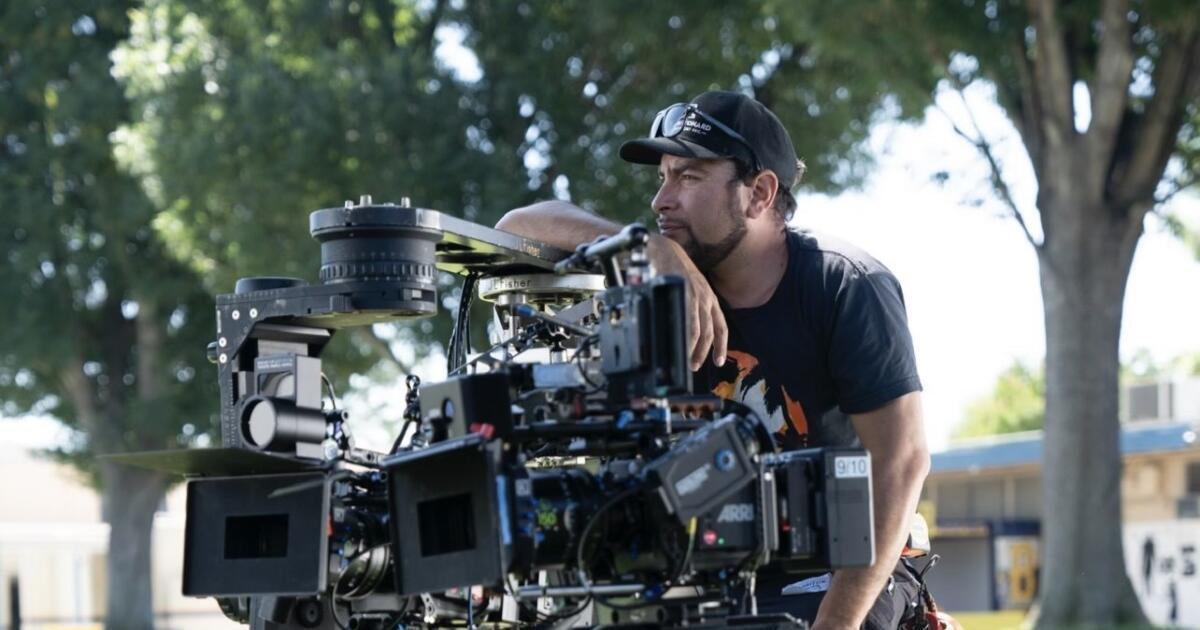After more than two decades in the industry, Keith Dunkerley still loves nothing more than working on a set. The 47-year-old director of photography and camera operator, who’s had consistent work since he moved to Los Angeles 23 years ago, said his is “the best job in the world.” Since the writers’ and actors’ strikes last year and the slow restart of production, though, Dunkerley said his work opportunities look quite different than in past years: He has worked only 18 days during the first five months of 2024.
“People outside the business don’t understand this is not a factory,” Dunkerley said. “It’s not like, ‘OK, the strike’s over, go back to the factory, turn the lights on and get the machines going.’ A lot of us knew it’s going to take some time to ramp things up.

” While Dunkerley supported his family through savings and odd jobs as a handyman on TaskRabbit during the strikes, the sluggish rebound has been difficult for him. He’s recently made more than 60 calls to friends and industry contacts to look for prospects. What Dunkerley is experiencing is a part of the massive ripple effect of the WGA and SAG-AFTRA strikes that is still affecting tens of thousands of people working in entertainment and adjacent industries.
Crew members, especially, have been hit hard. “I am currently in the worst place I’ve ever been in my entire life financially,” said Heather Fink, a boom operator and director. “The industry is in a crisis.
It is not.
















